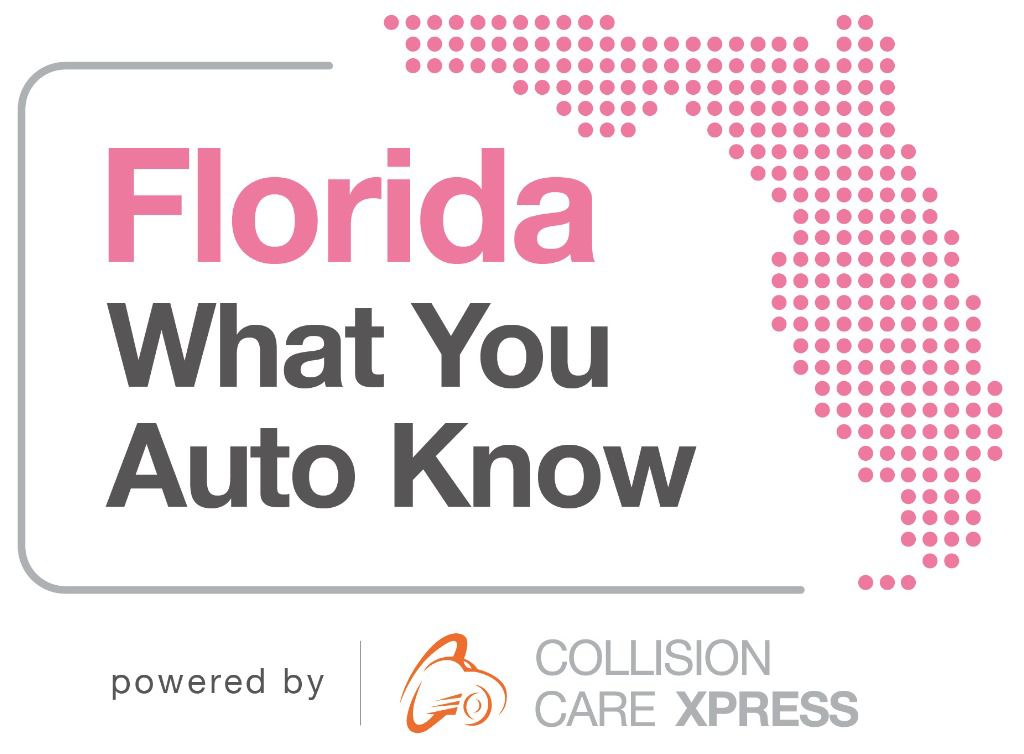Reconditioned Wheels: Your Safety Rides on Them
While the dents and dings inflicted upon most parts of your vehicle’s exterior are obvious after an accident, you may not as easily notice the damage suffered by a part critical to your safety—your wheels.
Today’s steel and aluminum wheels are frequently cracked, scraped, gouged, bent or otherwise damaged in a crash, and unfortunately for an increasing number of vehicle owners, their damaged wheels are being replaced with reconditioned wheels.
Also known as “remanufactured” or “refurbished,” reconditioned wheels have likely been subjected to one or more of the following—re-machining, re-plating, welding, heating, bending, straightening, reforming, material removal or the addition of new material—to repair the wheel.
But, these repairs to the wheel are strongly discouraged by automakers because they may damage the wheel’s structure and possibly cause the wheel to fail. Chrysler, Ford, GM, Honda and Volkswagen are a few of the automakers that have issued written statements to collision repairers and estimators warning them of the potential dangers.
Not all wheel repairs are necessarily unsafe though—cosmetic sanding and polishing are OK if they remove only the wheel’s coatings and none of the wheel’s metal. If your wheel needs more work than that, however, replacing them with new wheels is the only way to be sure they’ll meet the original automakers safety specifications.
As you go through the process of getting your vehicle fixed, make sure to check with your repairer and/or insurer whether they’re using reconditioned wheels—the safety of you and your passengers may depend on it.

Robert Molina writes insanely useful guides about the auto body repair process and what you need to know to make the process less stressful. With more than 25 years of experience as an independent auto body shop owner, he’s on a mission to stamp out gobbledygook and raise the bar for quality collision and auto body repairs.




